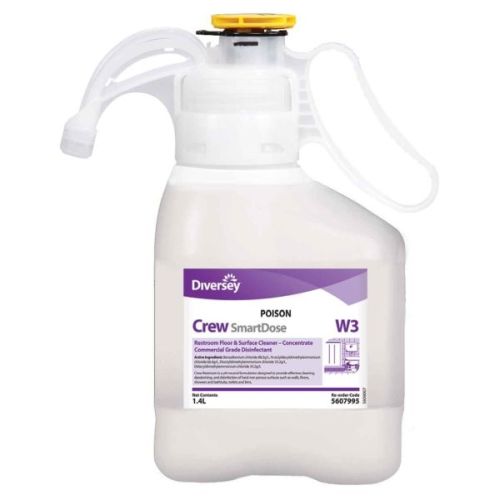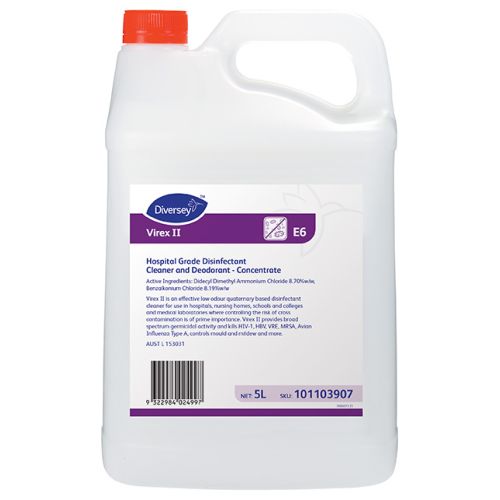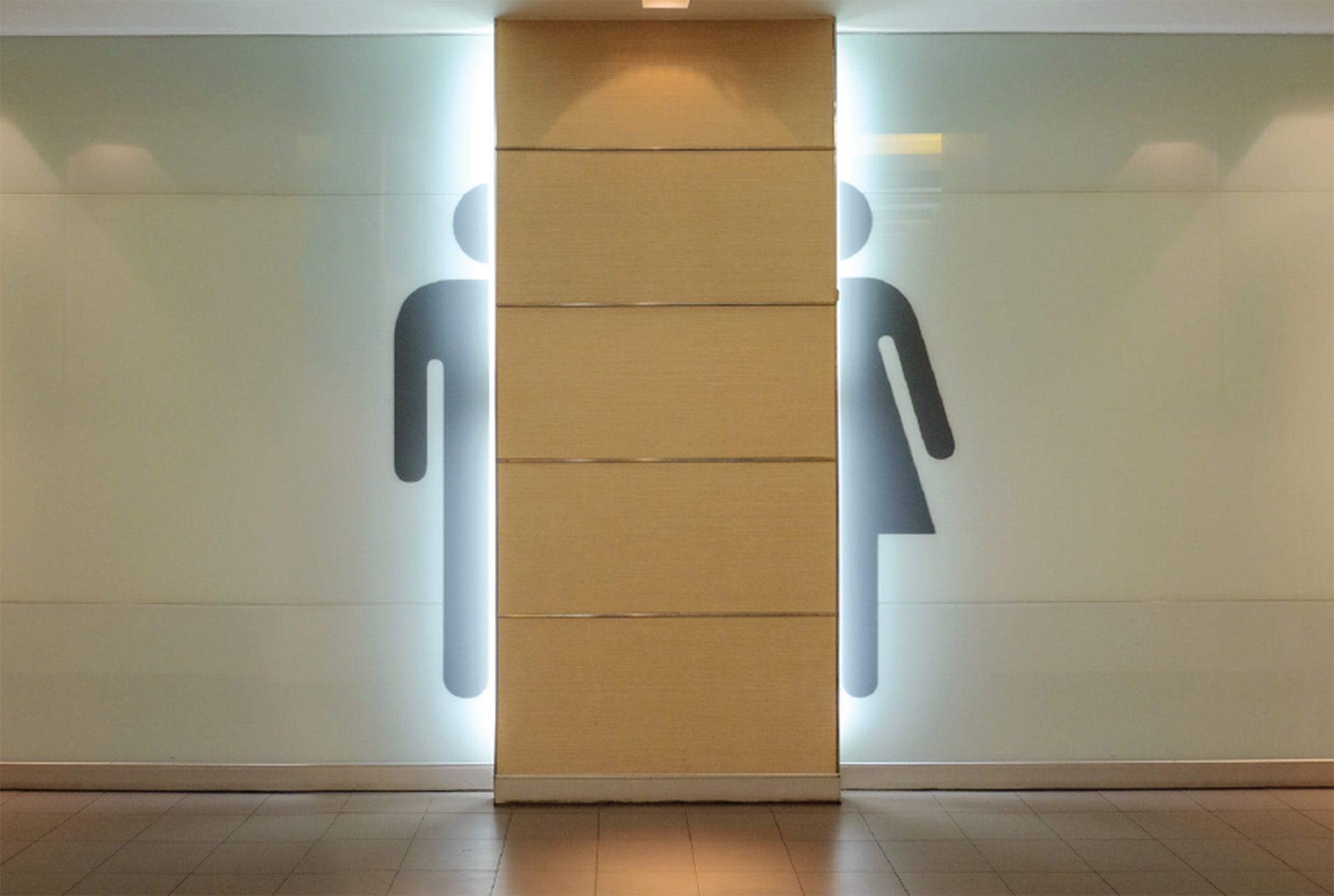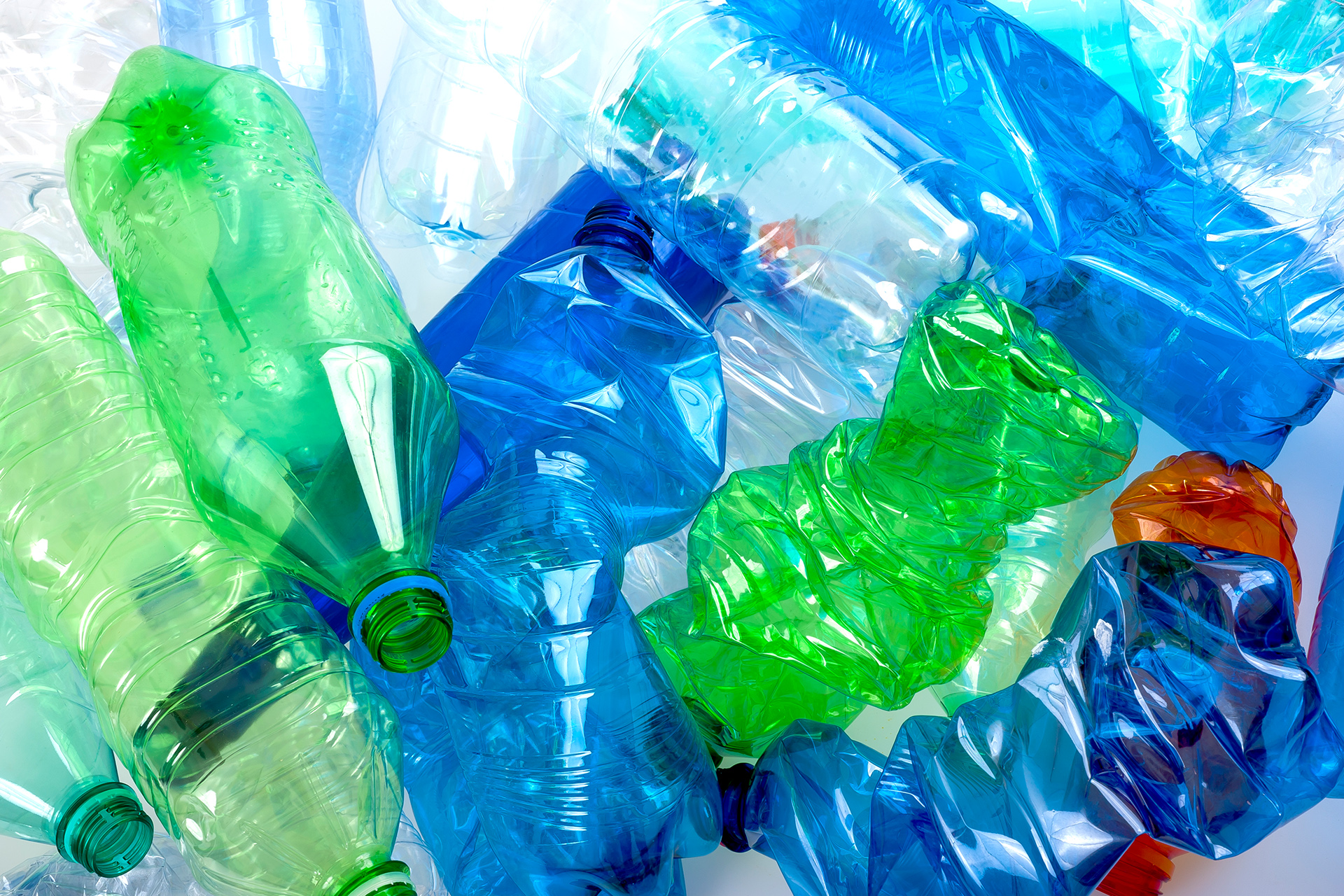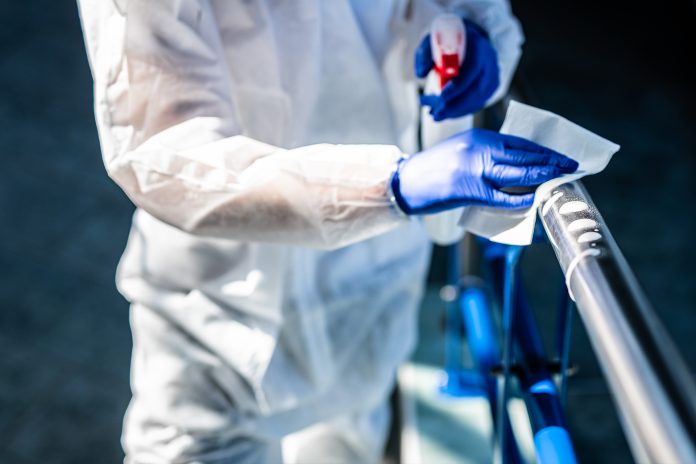
As COVID-19 quarantine requirements are eased, the BSC industry faces the prospect of reopening to a radical new normal. Keeping the general public visually unaware and physically apart from day-to-day cleaning operations has always been a key element of the BSC industry. It is a source of professional pride and part of the magic required in presenting a seamless facility experience to customers. In this current pandemic world, that prevailing logic has been turned on its head.
It will no longer be enough to simply clean correctly; you must make processes that were previously invisible, visible. Cleaning procedures which would have been hidden away, for fear of infringing on the general public and putting brand reputation at risk must now be front and centre.
Considerations for a safe facility
Whether your facility has seen a significant decline in occupancy during lockdown or not, you want to be sure it’s safe upon returning to business as usual. You must conduct a deep cleaning of the property from top to bottom, including every surface and object – with special emphasis on high-touch surfaces. However, first you need the right cleaning and hygiene products in place.
There are several things to consider when selecting these solutions, including:
- Efficacy and contact time: For extra reassurance,use hospital grade disinfectants that are specifically approved by the Therapeutic Goods Administration (TGA) for use against SARS-CoV-2, the virus that causes COVID-19. Products with a shorter contact time – one minute or less – are ideal. Technologies like Accelerated Hydrogen Peroxide (AHP), are markedly safer and more efficient than the existing slower Quat based (quaternary ammonium compounds) products, or those formulated on Hypochlorite or Peracetic acid.
- Impact on surfaces and staff: Make sure products not only kill viruses, bacteria and fungi, but are gentle on surfaces and safe for your staff and the general public. AHP achieves the balance of maximising potency while minimising toxicity, breaking down into water and oxygen just minutes after use.
- Alcohol content: Things to consider when buying hand sanitisers. There are several points to consider when buying hand sanitiser. Look for formulation details. Not all hand sanitisers are the same. The effectiveness of an alcohol-based hand sanitiser depends on the amount of alcohol in the formulation. Look for a formulation of at least 60% alcohol in these products. If you are buying a product that states it is using the World Health Organization (WHO) formula, it should have 80% ethanol or 75% isopropyl alcohol.
- Your provider: It’s important to only use registered products from an experienced supplier. In addition to suggesting the appropriate products, a trusted hygiene provider can offer advice and direction for your hygiene program. Don’t buy ineffective, unproven products from an unfamiliar source.
A Deep Dive into Environmental Hygiene Best Practices
Once you are confident you have the right solutions on hand, involve all staff in the deep cleaning process. First, train them on enhanced cleaning and hygiene guidelines to ensure they are consistent in following protocols. As part of this training, you should also educate staff regarding protocols if a case of COVID-19 arises.
Take the opportunity to map out best practices for each area of the facility. For example, ensure disinfection of hard floors, walls, ceilings and deep clean carpet.
Food courts or kitchens will involve specific deep cleaning procedures. Clean all food and non-food contact surfaces, including areas frequently touched by hands to reduce risks. Then, check that dishwashing equipment maintains proper operating temperatures and use the correct dosage of chemicals.
Maintaining a Safe and Welcoming Environment
The world has radically changed. Implementing a rigorous environmental hygiene program, driven by clear and inclusive communication – with the right products and ongoing support from your supplier – is necessary to meet the new standard of clean. To drive continuous improvement, your facility should regularly audit and monitor compliance with key protocols, preferably with a system that’s scalable and enables comparative reporting on performance related to customer satisfaction, quality and safety. This will help optimise your cleaning and hygiene practices and reduce the risks of cross contamination.
Additionally, it’s important to show your staff you care about employee morale. Inform employees of all the risk assessment and corrective measures in place that protect their health. Enable them in their day-to-day tasks by providing enhanced operating procedures and wallcharts, online training courses, hand hygiene guidelines and the right PPE.
With careful consideration about the types of products your property uses to maintain cleanliness and hand hygiene, staff-wide understanding of procedures and a deliberate commitment to enhanced and visible safety standards, your facility(s) has the best chance of future success.
No matter how rigorous your previous hygiene regimen, you will now need to conduct regular and thorough cleaning and disinfection throughout the day to satisfy heightened expectations of cleanliness. Your new approach will need to be carried out clearly to reassure everyone that you are doing all you can to maintain a safe and hygienic environment.

